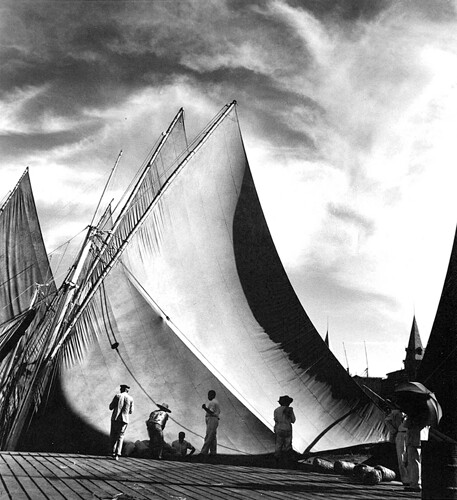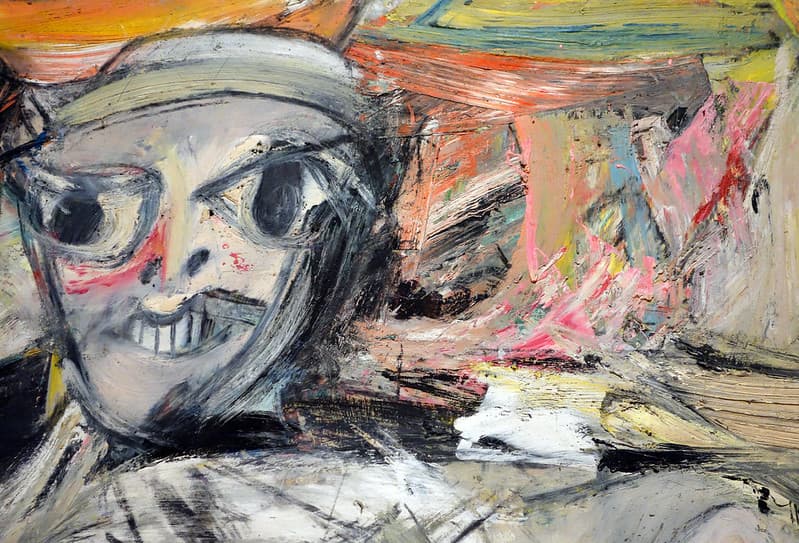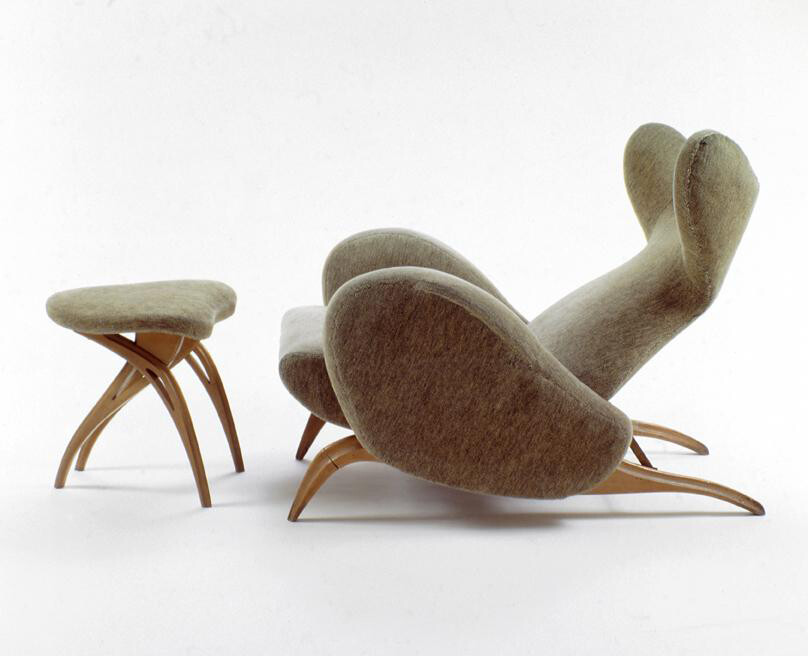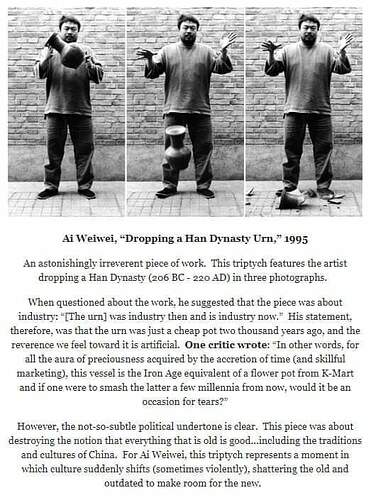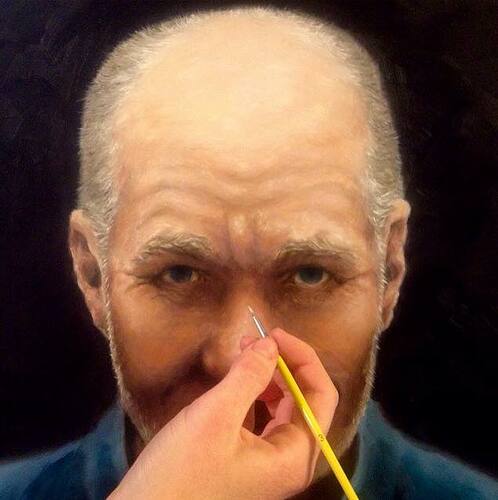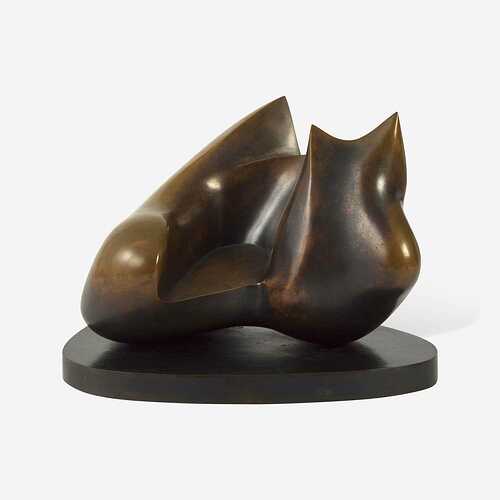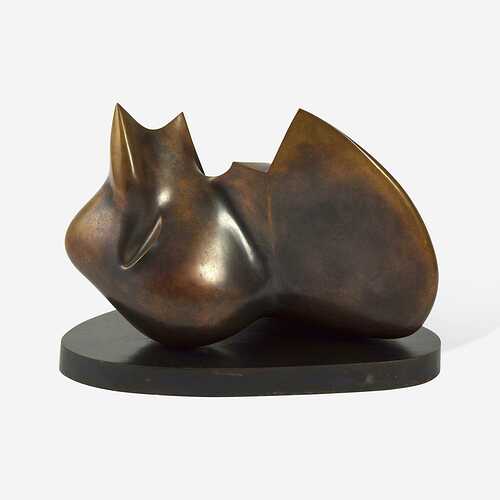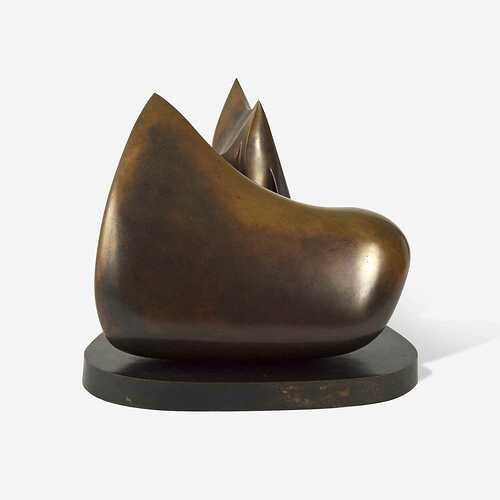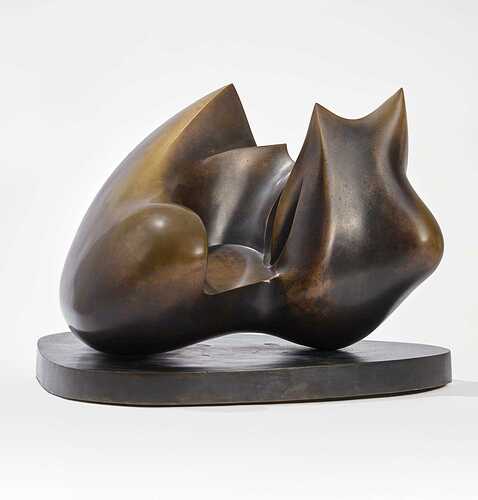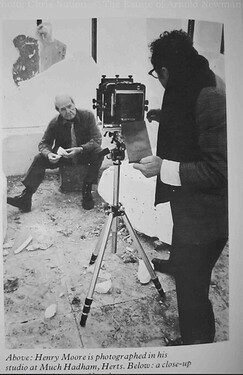And then there’s “Is it jazz?” Miles Davis was asked if ‘Sketches of Spain’ was jazz. He replied that it was music and he liked it.
Sorry, but so what?
Just because they were photographers doesn’t mean they were in any way up to speed. Never mind whether or not, it’s ‘art’ the Becher’s were not only historically important for their own work, but they taught a whole generation of photographers who made Germany the leading fine art photgography nation at the end of the last century. Your Sixties colleagues may not have liked it, but that’s a fact.
Secondly apropos the Stubbs, firstly I didn’t mention ‘equestrian art’, let alone suggest that his paintings weren’t art. Anyway I wouldn’t put Stubbs in that sub-category of equestrian art, because it would be demeaning to an important artist. He was possibly the first painter since the Renaissance to apply to an animal body analyses gained from dissection and direct opbservation. For me that firmly locates him within the tradition of neoclassicism, rather than illustration.
Secondly Stubbs was one of the first artists to portray an individual animal rather than a generic example. In that respect his paintings could be seen as anticipating the contemporary academic field of critical animal studies. Even as late as the 1990s some art historians were arguing that it was impossible to paint a portrait of an animal because they were generic rather than individuals.However, I’m sure every SF every dog owner and cat servant would disagree with that.
By contrast, I’d argue that once more, your last example is illustration. It’s vey different to the Stubbs, it’s just an inoffensive, possibly slightly sentimental example of marine painting.
The ‘problem’ with art is that it’s often not what people think it is: it’s not creativity or originality or attractiveness or beauty or craft. I’m sure Dr. Mark can explaining much better than that.
Important to distinguish between making art and the ‘craft’ aspect of making art. I’ve had a few artworks made for me because 5in an extreme case I would have needed a seven year apprenticeship with Lobbs shoe makers to have acquired the skills to physically realise the concept as opposed to simply designing and making techical specifications. However, many ‘great’ artists from previous centuries also had large numbers of assistants who painted in the ‘less important’ areas of the painting, whilst the ‘master’ just did the face and the hands.
[quote=“Susannah, post:158, topic:24093”]
The “It’s Art if I say it’s Art”
The basis of that argument is intentionality, and unfortunthisately people continually conflate with being judgements of quality. So, one can say it was my intention to locate this creation within the field of art, rather than in some other area such as design, illustration, fashion, or whatever. But that is nothing to do with a judgement of quality ie. how ‘good’ is this creation in comparison to other examples from within that field. In other words to assign something to the category of art doesn’t necessarily mean it is a ‘good’ or successful example - it’s just a judgement of category.
Unfortunately, so many people struggle with this because they perceive ‘art’ as being some higher category than other areas of creative output. Blame Kant! Asking is a Carlo Mollino chair ‘better’ than a contemporaneous Willem de Kooning Woman painting is a question that needs dissecting before trying to answer.
Mind you, I’ve been thinking about this sort of stuff for nearly forty years and I’d definitely opt for Mollino.
Actually these works were originally anodised coloured stainless steel casts of actual ‘balloon dog sculptures’. Last summer we were treated to a very expensive Parisian lunch in a resto where there were several Koons balloon poodles on display. OH had with her Gigi, our aristo pedigree miniature poodle who’d just had a new Parisian coiffure andgreatly resembled Koons’ balloon dogs.
Returning to subject, nowadays simply scaling up such a work is comparatively simple with 3D scanning, yet people don’t get similarly enervated by Henry Moore seventy years ago reworking small animal bones in clay and then having these maquettes scaled up into huge bronzes by an army of German technicians
of course he didn’t nail it to the wall - -
So why write that’s what he did?
I’m not surprised though, because, if I remember correctly, you once posted something along the lines of, ‘I wonder what the weather is like in Africa?’
Ai Weiwei is such an intelligent and massively talented artist - for me he is the Joseph Beuys of the 21st century because he combines powerful original statements that can cause us to rethink our values with politically potent works. However, unlike Beuys, the now legendary early traumas and hardships that shaped his subsequent work are more easily verifiable - for instance, he did spend his childhood living in a hole in the ground.
I think you explain it perfectly.
Not creativity or originality because it can appropriate and imitate in saying something new, critical or in homage.
Not attractiveness or beauty. Gosh! That is one to really stir up a dinner party conversation. Beauty in art is subject to endless and still is in a constantly evolving debate.
Maybe better to interpret ‘beauty’ in art as being successful in portraying the artist’s emotion, or desired concept, whether it be pretty, or dark and sinister. Sometimes both.
Neither the artist nor the observer can be certain of a successful communication in the end, leaving beauty in art eternally subjective. It may be that, ‘beauty is in the eye of the beholder’ but how the viewer sees is in the mind, from the perspective of what he/she already knows and can conceive.
Which all leaves us still with the Big Question - What is Art? Something like ‘How long is a piece of string?’
Or indeed, an actual piece of string.
http://www.modernedition.com/art-articles/string/string-art-history-3.html
In the long run, I think I rather prefer clever. A piece or work that makes me think. Perhaps everyone does.
And, although craftsmanship isn’t essential to art, I personally am transported by an excellent piece of craftsmanship.
Although this redacted bit of your sentence is not the point you were making, it does open a new view, so to speak…
Henry Moore OM, CH
Bronze. 1969
height: 43.2cm
width: 58.4cm
depth: 58.4cm
Not monumental. Bronze, an inanimate medium but rendered organic by design. ‘Not a copy of nature, but built on nature’s principles’.
Incredibly tactile, the viewer wants to touch, to pick it up and feel the piece, turn it over and around to see it from different angles. Feel the weight and how it fits into the hand. Some even, may feel inclined to sniff it, as though that oft neglected sense may reveal something hidden.
As Moore said, “Sculpture should always at first sight have some obscurities, and further meanings. People should want to go on looking and thinking; it should never tell all about itself immediately.”
Moore’s sculptures are indeed enervating to me.
My understanding is that it’s an intentional passing on of thoughts or feelings through objects. Any beauty or ugliness is subservient to this.
Hence a photo may be art but photography isn’t art.
Art can also be “a skill at doing a specified thing, typically one acquired through practice” eg the art of conversation
The term “art” is related to the Latin word “ars” meaning, art, skill, or craft.
Oxforddictionaries.com gives the following definitions:
- art [mass noun] the expression or application of human creative skill and imagination, typically in a visual form such as painting or sculpture, producing works to be appreciated primarily for their beauty or emotional power
- (the arts) the various branches of creative activity, such as painting, music, literature, and dance
The art being discussed here is in the main ‘fine art’
Fine arts, “those which appeal to the mind and the imagination” first recorded 1767. Expression art for art’s sake (1836) translates Fr. l’art pour l’art. First record of art critic is from 1865. Arts and crafts “decorative design and handcraft” first attested in the Arts and Crafts Exhibition Society, founded in London, 1888.
And then, there are the Dark Arts…![]()
And not forgetting the piss artists
‘Up to speed’ What does that mean? If the practitioners - professional practitioners - of an activity are not in prime position to comment on that activity , who is? Daylight comes second, as they say in horse racing.
And we were all contemporary with the publication of the towers series. It was 1972.
John Claridge, the photographer of that portrait of Chet Baker, was invited by Prof John Hedgecoe to address those on his post-grad photography course at the R.C.A.
John walked to the lecturn and said, “My name is John Claridge. I take pictures” … silence.
He was persuaded to say more but he really didn’t think that anything need be said about photographs, particularly his photographs. As he said to me once when I suggested running a test to gauge the colour balance of a batch of film, “I don’t care what colour it is. The shot either works ot it doesn’t.” That’s true.
Anthony Armstrong-Jones was a very talented photographer, principally in the documentary line. A rental studio threw a lunchtime drinkies for the appropriate people at Conde Nast. Tony Jones happened to be hanging about their offices and needed no persuasion to come along. I was working at the studio and fell in with A.A-J for a long chat about his recent BBC prog on photography. His opinion was that photography is not an art and I agreed with him.
He told me that he had called Hedgecoe at the R.C.A. asking if anyone on the photography course would like to go to Japan as his assistant on a commission for The Sunday Times.
“Oh no!”, replied Hedgecoe,. “All my students are artists!”
![]()
PS Re: Henry Moore/the business of art.
I was assistant to Arnold Newman, commissioned by the Nat Portrait Gall’y/Sunday Times to do portraits of the great and the good of Britain, a project called … The Great British. [Only one Beatle. No Stones]
We were at Much Hadham doing H. Moore.
Here’s my shot of Moore and Newman in a large polythene enclosure where a vast lump of polystyrene was being turned into … I dunno what. Oh! Art! Silly me!
A flap in the tent opened and Moore’s p.a. poked his head round and said, “The University of ? has finally agreed they will take Sheep Piece X [or whatever] - £24,000 wasn’t it?”
Moore growled, “Tell 'em it’s £28,000”
[quote=“Susannah, post:176, topic:24093”]
The art being discussed here is in the main ‘fine art’
[/quote
The origins of that concept in the historically modern era date from the early Italian Renaissance when in 1487/8 Lorenzo de’ Medici founded an art academy wherein sculptors learned by copying from his collection of antique statues, rather than by being apprenticed to a master practitioner. Thus began the separation of art from craft as over the following centuries artists and architects became increasingly elevated in status and craftspeople continued to be trained through apprenticeships.
Most of the good, but comparatively old anecdotal examples cited by @captainendeavour exemplify the dominant photography as a craft attitude because at that time most photographers learned by being assistants (the equivalent of a mediaeval apprenticeship under a master craftsman). By contrast artists studied painting, sculpture or printmaking in art schools/academies. The 1960s saw the breaking down of these distinctions in the art world and slightly later in art education too.
Also in the 1960s ttitudes towards photography also began to diverge as it became increasingly used as an art making medium, yet conversely over the following decades the technical aspects of photography were taught in design buildings rather than in fine art studios.
Won’t complicate things further by mentioning digital!
Since it’s Chinese New Year!
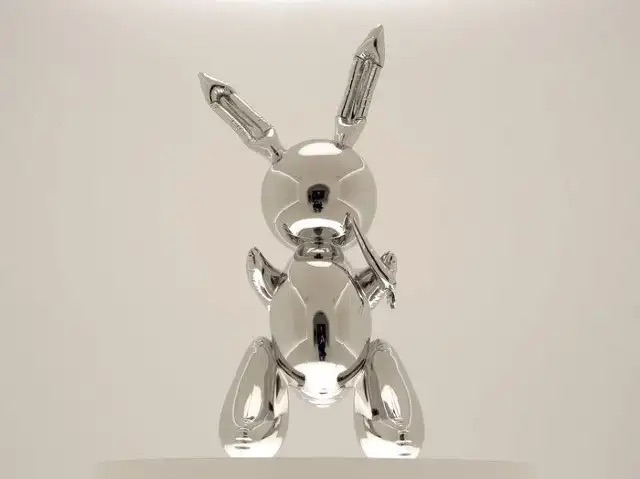
And on the subject of Jeff Koons,
I’m inclined to agree with this article, by a “History teacher from Hamilton, ON, who writes about the history of manufacturing and industry here because my students won’t listen.” ![]()
Quite aside from that fact that there are so many people and places in this world that over US$80 million could do much good, other than in some already wealthy chap’s vicuña coat pocket (or woman’s crocodile Hermès bag). I cannot but wonder if humanity’s admiration for the truly banal has now reached a point from which there is no hope of return. The Kardashians as icons and bulbous steel balloon dogs in garish colours as artwork. What will future generations say of us?
